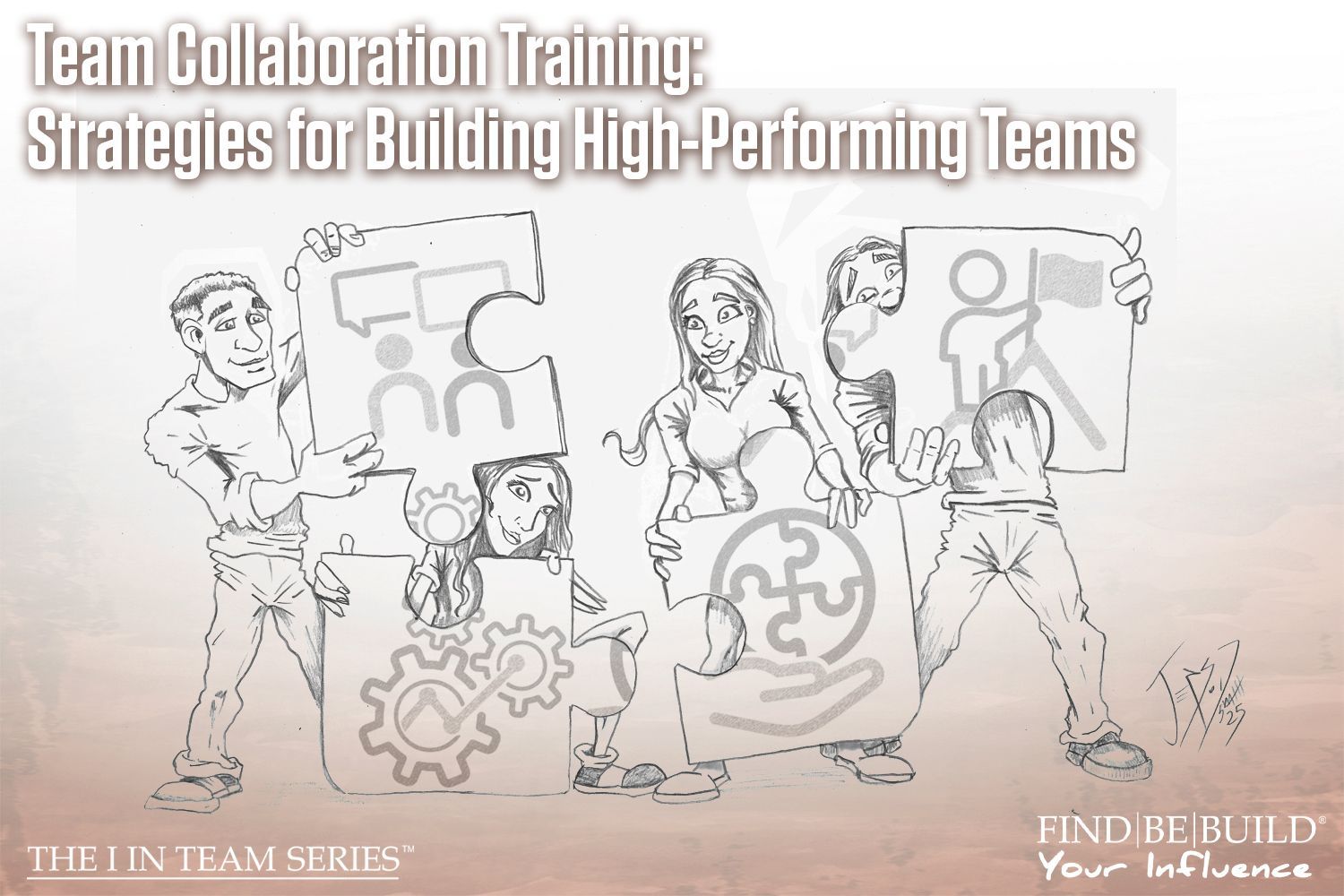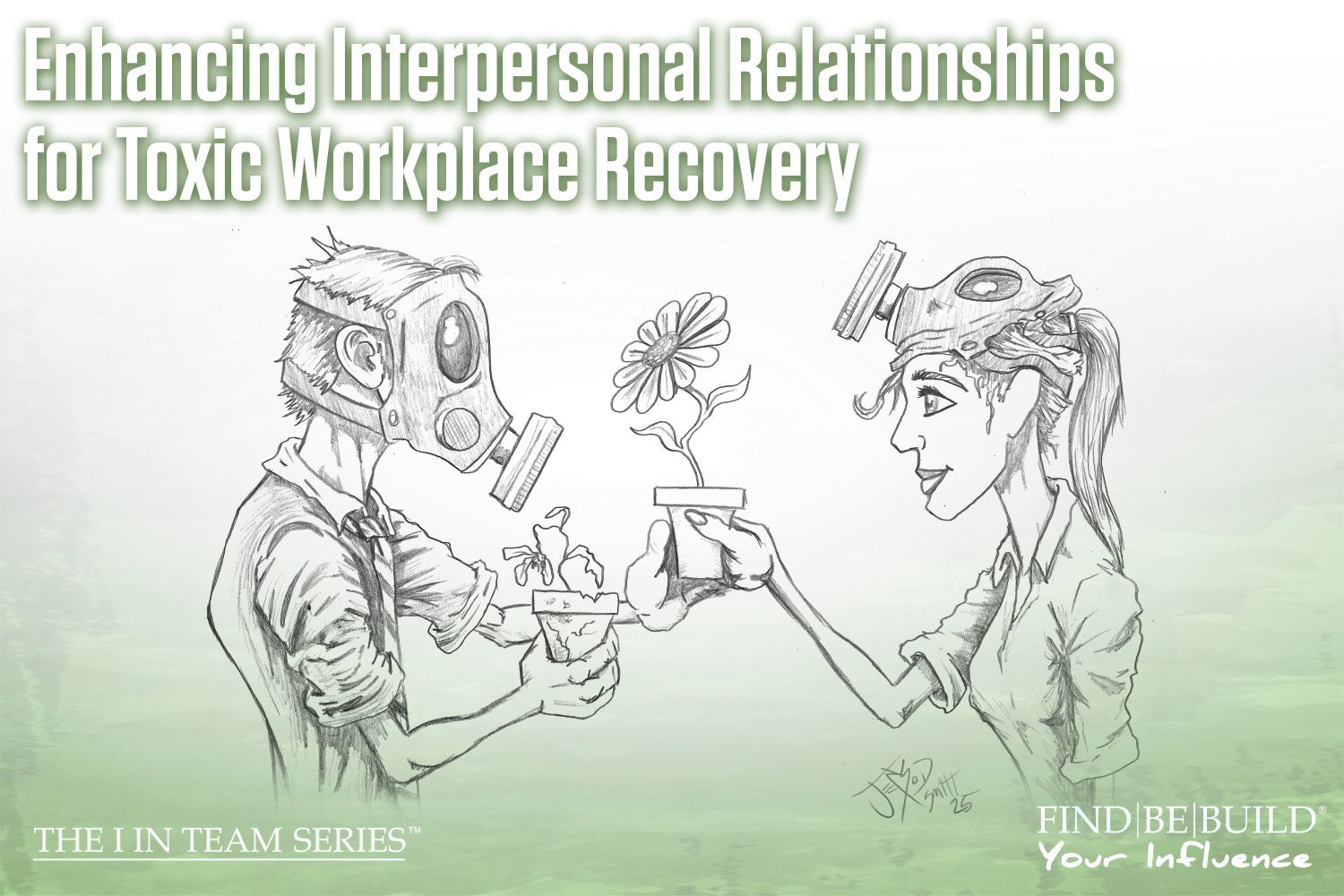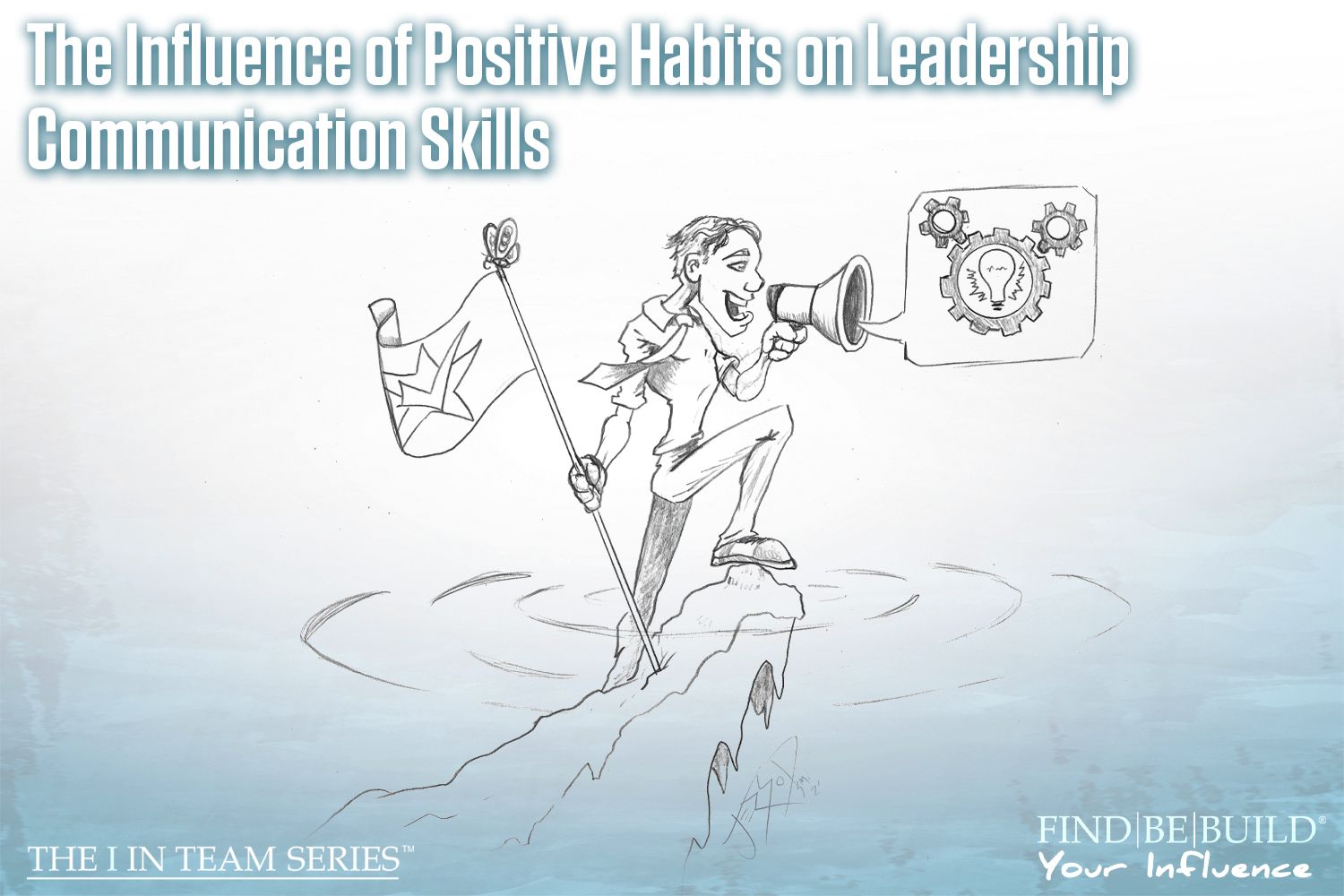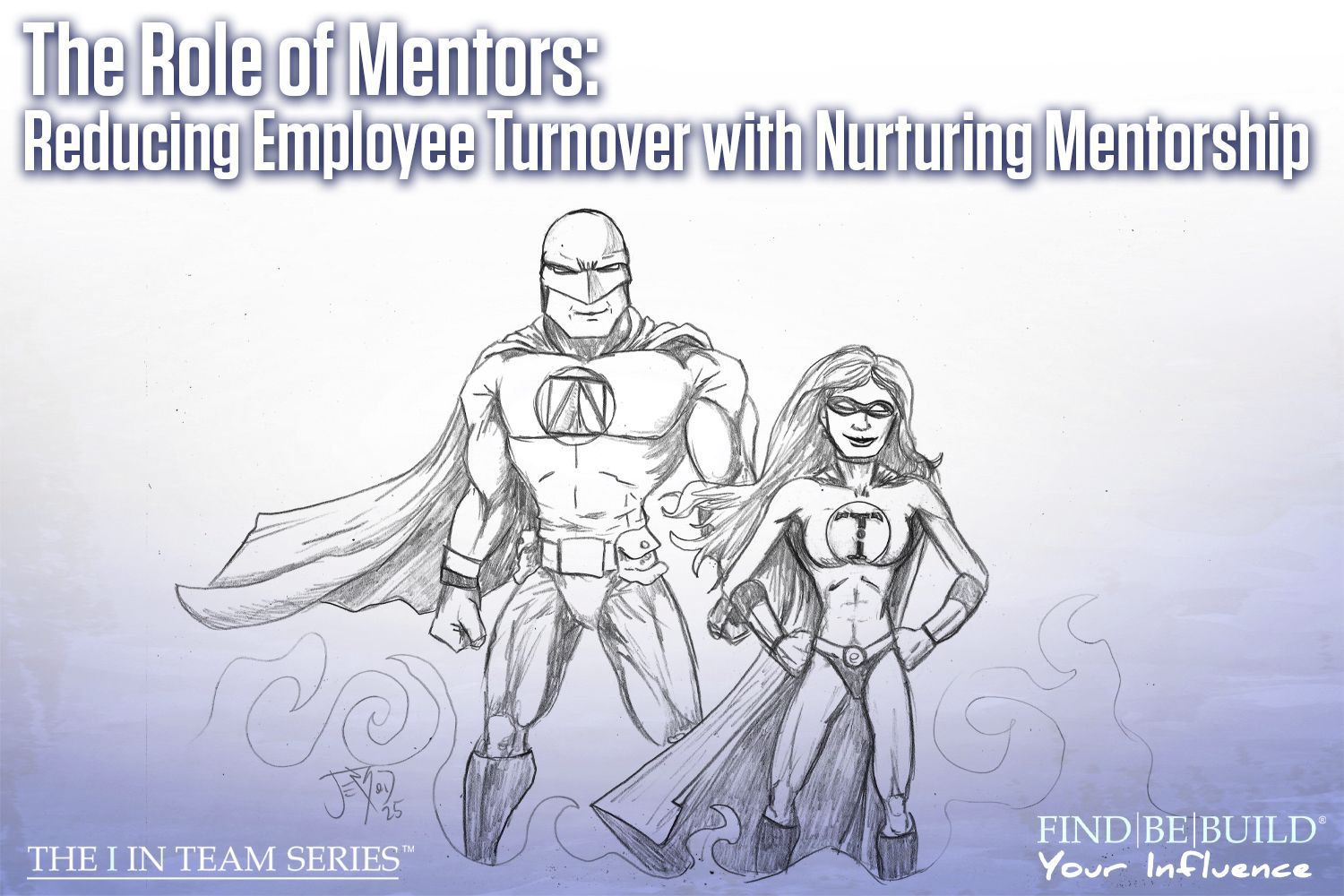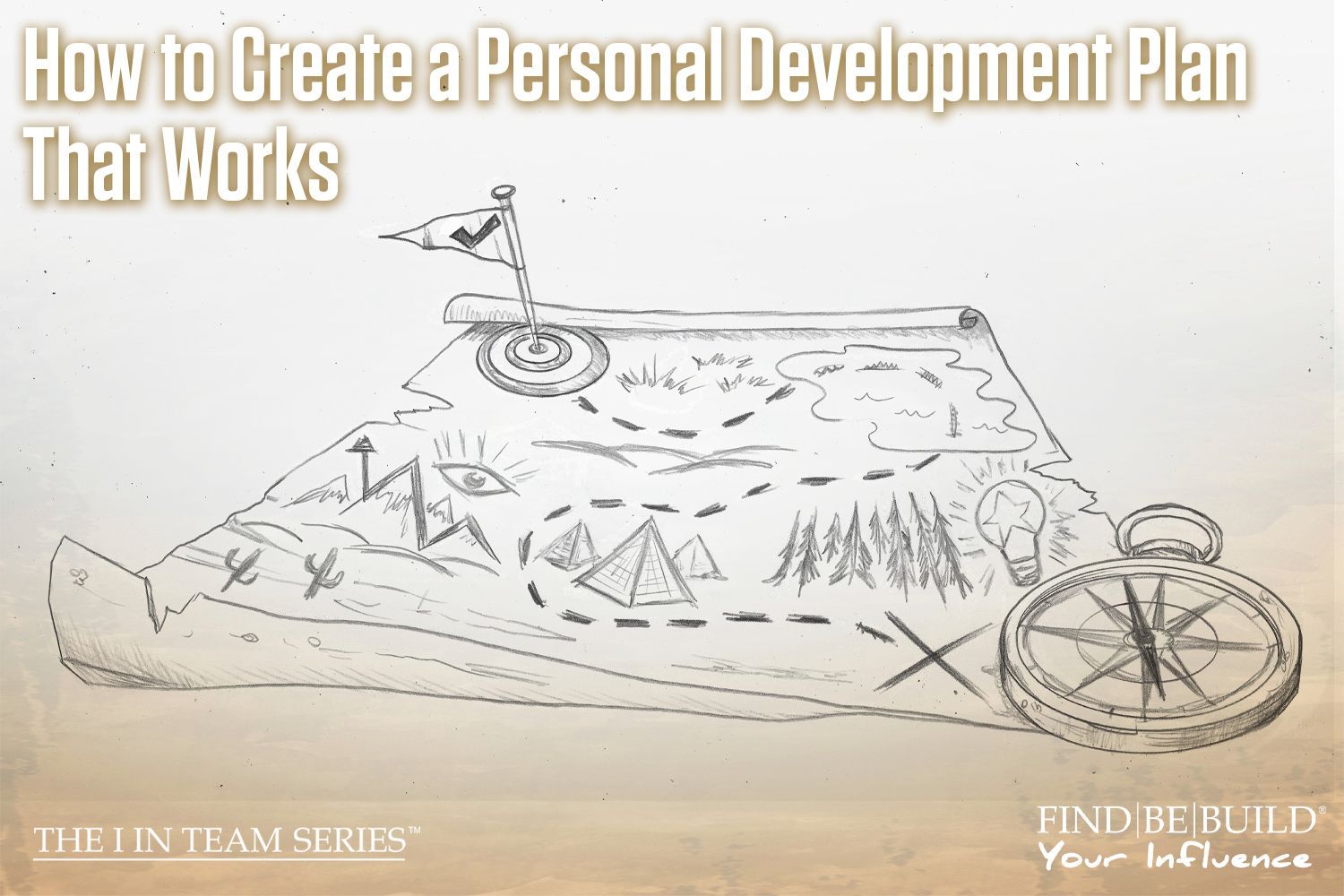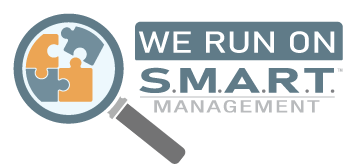Do You Have A BizVision?

Business consulting strategies
Written by: Brian Smith
What exactly separates a successful organization manager from less successful peers? Success is generally planned and requires structure and organization. We believe successful managers employ a Business Vision in their management style.
Today’s business environment is more competitive, has more sophisticated customers, and is subject to a rapidly changing economic environment. Maintaining or increasing a company’s performance is a manager’s most critical concern, and managers who empower employees to higher levels will make themselves and their employees indispensable to the organization.
There are some basic successful management qualities uncovered by years of exhaustive management studies. These studies identified that successful managers are as different as they are similar. However, close observation determines that six particular qualities are generally found in all successful managers. These six qualities are:
- Being goal driven
- Employing effective communication skills
- Continually empowering employees
- Acting with a caring attitude
- Embodying a caring attitude
- Managing with organization and structure
Understanding which skills you currently have and those you need to work on is useful in motivating yourself, then your employees, to higher levels of performance. The first step is to be aware of your own needs, giving clarity to your personal agenda and then to those of your subordinates. The level at which your team is currently performing provides an understanding of their personal agendas, just as your performance mirrors yours.
Being goal-driven means being results oriented; aspirations, results, and rewards are evident in all activities. An astute leader helps people set goals compatible to those of the organization and then provides the tools for achievement. Goal-driven managers instinctively know what they and their team need to achieve their goals, and, in doing so, can effectively motivate their team to reach their goals.
Communication means that everyone is informed. Imagine trying to reach goals you don’t understand. High-level communication is required, and this takes time, energy, and creativity. The most powerful medium is your spoken word, privately, to an employee. Your spoken one-on-one communication, followed up with supportive action, can show tremendous results. Newsletters and emails are excellent support tools but will be treated with quiet contempt if the personal touch and follow up are lacking.
Through goal setting and positive communication, you can empower your team. Have you ever noticed how certain people always make you feel good? They don’t shower you with false compliments, they’re not intent on telling you what you want to hear, but they possess a special quality that’s transferred and lifts your spirits. Behavioral experts refer to this as positive energy transference. Every manager needs to master this habit of transferring positive energy to others; this is the nature of empowerment. It brings out the best in others because it brings out the best in you. One of the best ways to empower others is through “dream building.”
Everyone has a dream, including employees, whose dreams may be locked deep within their personal agendas. Indispensable managers uncover these dreams and build a bridge to the corporate mission; to be a successful manager, help people believe in themselves and recognize their talents, and then success can naturally follow. To achieve empowerment, try finding the employee’s dream and help them realize how their dream connects to the organization’s vision, mission, and/or goals. Hold the employees accountable for their goals and objectives.
There is an old saying about caring: “People don’t care how much you know until they know how much you care.” Caring is an extension of communication and empowerment, and it involves action and words. There are a number of ways to develop caring habits. Pick one day a year for each employee and do something that shows them appreciation. Do not talk business – learn about the person, their family, their dreams, and goals. Always follow through with everything you say. Understand the needs and wants of spouses and ask yourself if you really care and make sure you do.
Being fully committed as a leader or manager is required; none of the habits would be worth much if they weren’t coupled with total commitment. This is what provides dedication to one’s mission. The willingness to grow, to get personally involved, to invest time and money, and to be totally focused on performance is not taught in most business schools. These are life skills that the very best managers have developed and used in the conduct of their daily working relationships. Therefore, before any change occurs, total commitment, coupled with an action plan, is a must.
There is a simple successful management equation:
Prosperity = Objectivity + Integrity + Clarity
Management success habits are not discriminating. Any willing leader or manager can develop these qualities into habits, and over time they will become original to anyone who uses them as every manager who develops their own style gains Business Vision. Start with you and as you develop these skills, refine your systems to work naturally with your team. In turn, they will transform into an indispensable team. Use clarity, objectivity, and integrity in the way you manage, and prosperity for you, your team, and the organization will follow.
© 2018 Individual Advantages, LLC
The post Do You Have A BizVision? appeared first on IA Business Advisors.
